Davis Cup side votes for clay
The Australian Davis Cup team's decision to break with a century of tradition and play its first-round tie against Great Britain on clay next year was unanimous.
"And I can't say that positively enough. Every player to a man thinks this is the surface that we should play on," team captain John Fitzgerald said after Tennis Australia confirmed the worst-kept secret in sport.
Australia will host the British at Sydney's International Tennis Centre at Homebush Bay from February 7-9.
It will be the first time in 103 years of Davis Cup competition that Australia plays a home tie on the slow claycourt surface.
And almost 12 months to the day since Australia suffered its first 5-0 whitewash in a decade - on clay against Argentina in Buenos Aires.
Australia will assemble a vastly different, and infinitely superior, line-up to the one which was dusted in Argentina, with world No.1 Lleyton Hewitt and probably 1999 Davis Cup hero Mark Philippoussis back on board.
"We had a depleted team in Argentina, there's no question about that," Fitzgerald said.
"We had a couple of guys playing for the first time - it was a new experience for them, and we weren't at our full strength."
"I think it's fair to say Argentina was the second strongest country in men's tennis at that time (we played them).
"They had seven or eight guys in the top 100. They're all unbelievably good claycourt players. That's what they grew up on."
Hewitt had seemed a little sceptical of the prospect of playing the tie on clay when first informed of the possibility at the Masters Cup in Shanghai last month.
"His problem was not clay in itself. He wanted to make sure it was a good quality clay court and we are absolutely satisfied it will be," Fitzgerald said.
Fitzgerald believed clay was a surface for the future for Australian tennis.
"This is certainly our home-court advantage and I just don't want people to forget it was a couple of years ago when Lleyton Hewitt and Mark Philippoussis played singles in the final of the Davis Cup in Nice and it was on clay," he said.
"Clay is a necessary court in this country, that we don't have enough of, so there's a couple of positive reasons why it's good to move on and get a surface that kids can learn to play the game on."
Britain's top two players - Tim Henman and Greg Rusedski - are both accomplished fast-court players and Australia's cunning choice of a slow surface will be a psychological blow to the visitors.
But Fitzgerald said Australian fans should not taken anything for granted.
"Everyone thought there was no risk in the Davis Cup final two years ago (when we lost to France to grass). There are risks," the Australian captain said.
"I've got a lot of respect for Great Britain. They've got a couple of guys who have been in the top ten or top 20 in the world consistently over the last half dozen years and they're a force.
"Yes, we do have the No.1 player in the world. But he has to play well and so do our other guys.
"There's no laydown misere anywhere and this is a tough, tough match."
French curators Courts Simeon, the company which maintains the clay courts at Roland Garros, will oversee the laying of two practice surfaces at Homebush Bay in the coming weeks, then the match court after next month's adidas International.
"This will be a magnificent clay court," said Fitzgerald, who will gather his team for a week of intense practice immediately after the Australian Open concludes on January 26.
 © 2025 AAP
© 2025 AAP


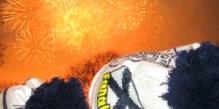

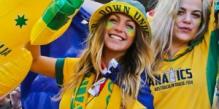



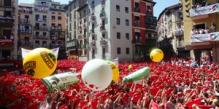

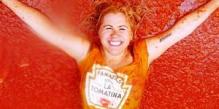
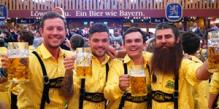



Post a comment about this article
Please sign in to leave a comment.
Becoming a member is free and easy, sign up here.